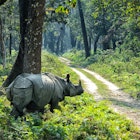
Nov 24, 2025 • 5 min read
Rare rhinos, pilgrimage sites and more mega-mountains than anywhere else on Earth: Nepal is simply epic. See just how at its best national parks.

Nov 24, 2025 • 5 min read
Rare rhinos, pilgrimage sites and more mega-mountains than anywhere else on Earth: Nepal is simply epic. See just how at its best national parks.
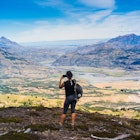
Nov 24, 2025 • 13 min read
From multiday circuit treks on remote islands to half-day hikes up Andean volcanoes, these are Chile’s best hikes.
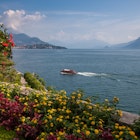
Nov 24, 2025 • 9 min read
Milan is the portal to a whole region of culture, fine food and even finer scenery. From lakes to monasteries, here are the best day trips from Milan.

Nov 24, 2025 • 7 min read
You'll find many transportation options here, from the stunningly opulent metro to overnight trains across the Central Asian steppe.
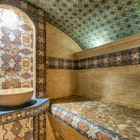
Nov 24, 2025 • 5 min read
A traditional hamam can be a luxurious way for busy travelers in Türkiye to unwind. This guide covers all your questions about communal bathing.
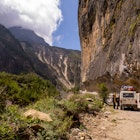
Nov 24, 2025 • 5 min read
Experience Nepal from the road with our guide to the country's best driving routes.
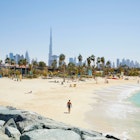
Nov 24, 2025 • 7 min read
Dazzling Dubai can be bewildering if you're not prepared – use this guide and embrace the culture, dress appropriately and learn the laws and customs.
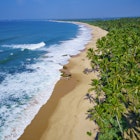
Nov 24, 2025 • 10 min read
Read on for practical tips about traveling in Sri Lanka, as well as essential pointers on etiquette, safety and more.
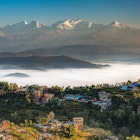
Nov 24, 2025 • 7 min read
Exploring Nepal is tempting, but not always easy. Here’s all you need to know about buses, private cars, flights and more within the Himalayan country.
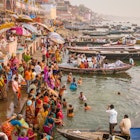
Nov 24, 2025 • 14 min read
From temples to tigers to the Taj, this roundup of unforgettable places showcases India’s astonishing scope.

Nov 23, 2025 • 12 min read
The Sunshine State draws visitors to its beautiful beaches, top shopping, theme parks and cities. Put these 16 spots on your short list.
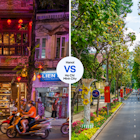
Nov 23, 2025 • 7 min read
Our two travel experts do their best to sway you toward their chosen Vietnamese city: Hanoi or Ho Chi Minh City.

Nov 23, 2025 • 7 min read
Once December rolls around, New York City is a magical place to spend a winter weekend. Here are some tips.
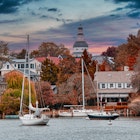
Nov 23, 2025 • 6 min read
From charming towns to staggeringly beautiful parks, these six day trips from Washington, DC, are incredible options to explore outside the city.

Nov 22, 2025 • 7 min read
Learn about Denmark's history of kings and Vikings, explore its lovely landscapes and discover a world apart from its cosmopolitan capital.

Nov 21, 2025 • 2 min read
While modern Cartagena stretches along the coast and inland, the city's Old Town fiercely preserves its antique essence.
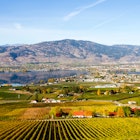
Nov 21, 2025 • 6 min read
Make the most of the Okanagan Valley's varied landscapes and leisurely winery hopping.

Nov 21, 2025 • 7 min read
Here’s everything you should know before using the Eurotunnel, from terminals and tickets to border crossings and queues.
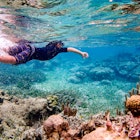
Nov 21, 2025 • 5 min read
Planning a vacation with the little ones? Here are some of the best things to do in Belize with kids of all ages.
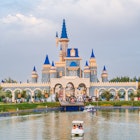
Nov 21, 2025 • 6 min read
Uzbekistan has an exciting, eclectic combination of things for you and your kids to see and do.
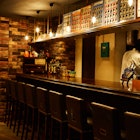
Nov 21, 2025 • 5 min read
Japanese-style listening bars have taken the world by storm, but nothing beats the buzz of visiting them in the place where it all began.

Nov 20, 2025 • 8 min read
Follow this week-long itinerary in Ireland, with nights in luxury hotels in Dublin, Adare and Killarney.